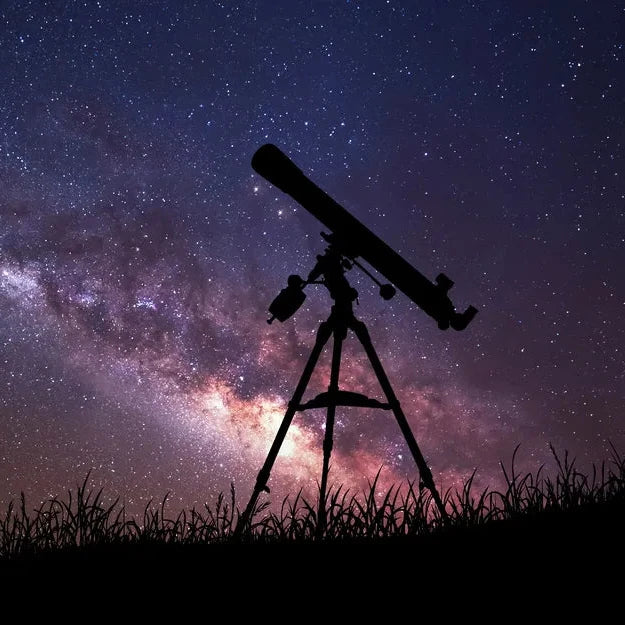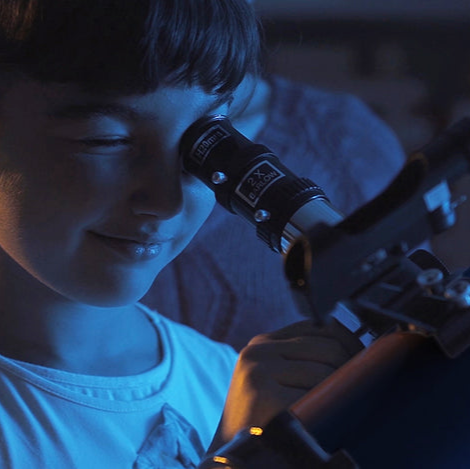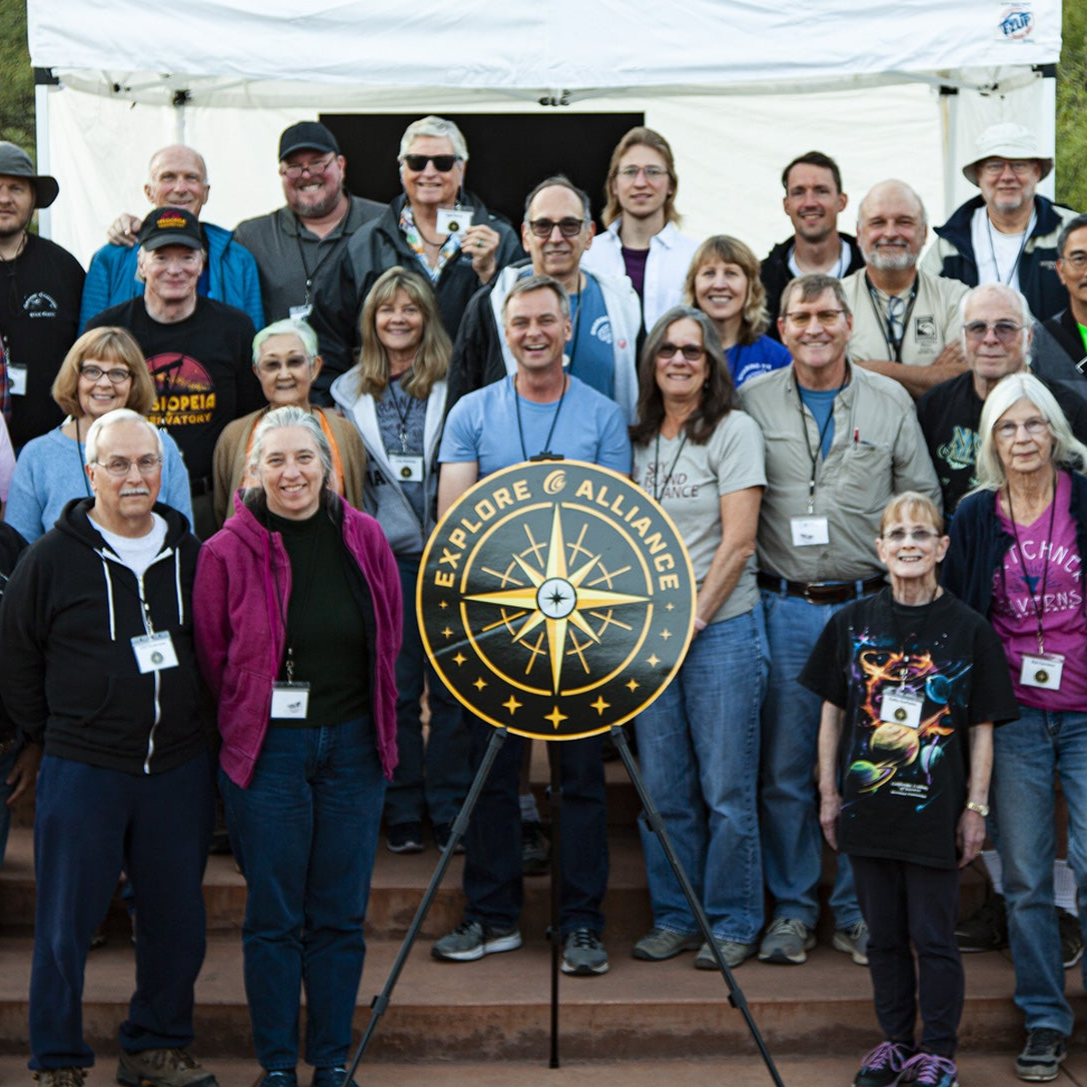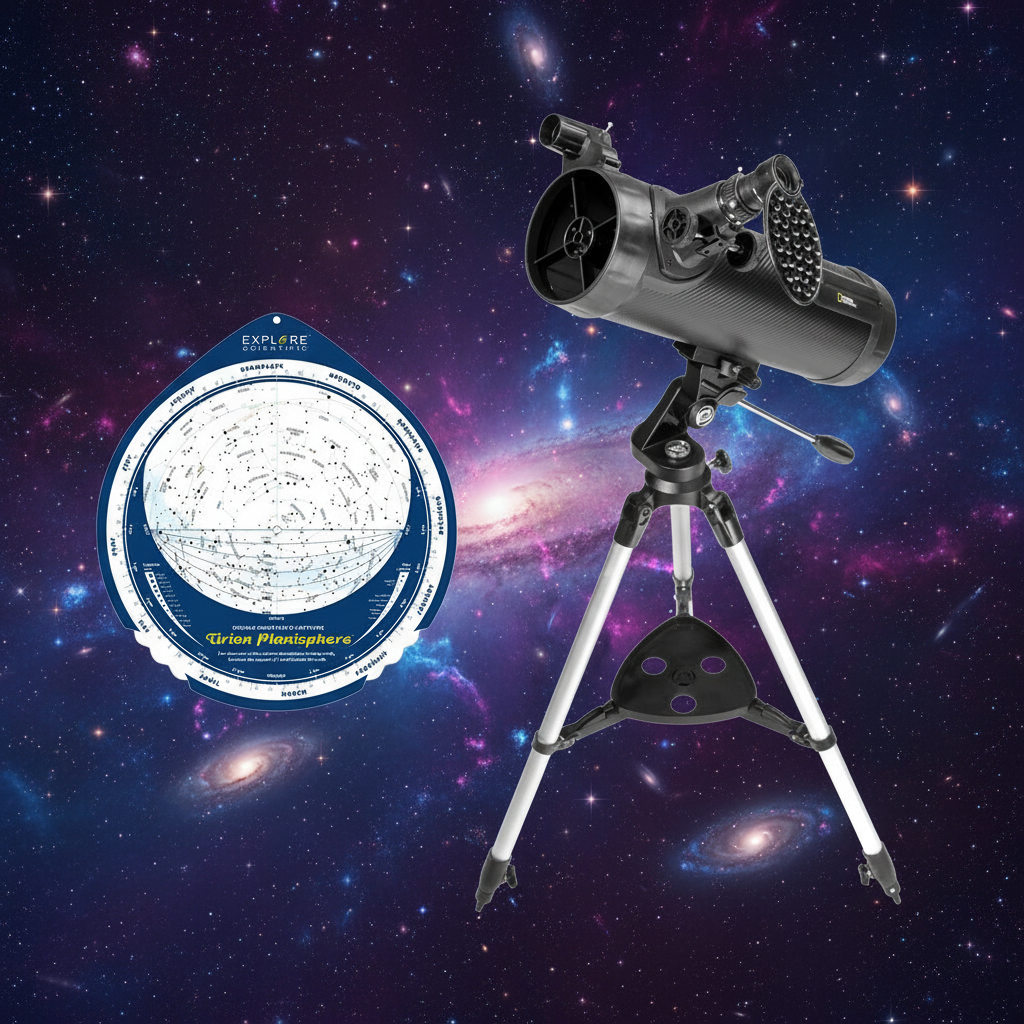What’s Up in the Sky
At any moment of the day, countless awe-inspiring celestial events are unfolding in the sky. With a universe of options, it can be hard to pin down what to observe, what to look into or what to remember. Each week, this column will take a peek at what’s happening in the sky and in the world of astronomy in general to provide a quick list of highlights that can jumpstart your own explorations.
October 26th-November 1st
What to observe:
This year, the festive and frightful Halloween holiday falls on a Friday night, which means it will be a perfect time to stay up late to check out some of our night sky’s eeriest treats. The following is a list of some of the most popular spooky sights that dot the universe. Not all of these haunting beauties will be visible from all latitudes, but even if you cannot view them from the field, they are all worth checking out virtually.

Witch Head Nebula
Our haunting cosmic journey beings with a celestial witch hunt in Eridanus, which is visible from 32° North to 90° South. In this sprawling constellation, a faint but striking reflection nebula conjures up the image of an old crone. A great target for astrophotography, the appropriately named Witch Head Nebula has a mesmerizing blue glow that adds to its creepy quotient. The likely source of this illumination is the nearby blue supergiant Rigel, which is a main attraction in the Orion constellation.
Owl Nebula
As the Northern Hemisphere eases into fall, Ursa Major’s popular Owl Nebula has definite autumnal appeal. Found below the bowl of the constellation’s famed Big Dipper asterism, the Owl Nebula is a planetary nebula that appears as a greenish disk marred by two dark voids that give the object its owl-like appearance. These “eyes” show up nicely in an 8-inch telescope, and the white dwarf that lurks between them reveals itself in a slightly larger telescope. Long-exposure photos will render a reddish outline around the green-hued core.
Ghost Nebula
When it comes to nebulae, several are associated with ghosts, but there is one that is particularly unsettling. The Ghost Nebula looms in the Northern Hemisphere’s Cepheus constellation, which is in a prime observation position in November. This wispy reflection nebula manifests an intriguing brownish color around its edges. To one side of its brighter core, dark dust clouds appear as figures straining to break free. On the opposite edge a large dark cloud swirls around a glowing center and could be a harbinger of a binary star system in the making.
Dark Horse Nebula
Unless you are talking about the one the Headless Horseman rides, horses do not usually conjure up chilling thoughts. But when you see a light-masking dark nebula take the distinct form of a shadowy horse barreling through the night sky, it can be a spine-tingling image. Located in the Ophiuchus constellation that lies on the celestial equator, the Dark Horse Nebula obscures part of the Milky Way’s upper central bulge. Although daunting in size, this ominous object is actually a combination of smaller dark nebulae, including the slithering Snake Nebula, which has a distinct S-shape that will pop out in a mid-size telescope under a dark sky.

Cat’s Eye Nebula
As complicated as the creature it is associated with, the Cat’s Eye Nebula is a bright planetary nebula that peers out of the night sky near the North Ecliptic Pole with an ominous blue-green glow. Although you can see it in modest telescopes, you will need to use high magnification to reveal any hints of its highly complex structure, which includes curving brown lines and radiating circles. Most will see it as a blue-green disc with a blazing central star. The nebula, which is located in the Northern Hemisphere’s Draco constellation, is a great choice for a long-exposure photo
Ghost of Jupiter
Another nebula with eye-like appeal is the Ghost of Jupiter. Located in the Hydra Constellation, which is visible from 54° North to 83° South, this planetary nebula can be captured in some telescopes as a blue-hued spherical cloud of gas and dust brewing around a central white dwarf. The fact that it is similar in size to our solar system’s giant planet Jupiter is what gives the nebula its name. Although it can be enjoyed with a small telescope, a larger one will show an intriguing outer halo.
Tarantula Nebula
The final choice for this spooky space roundup can be found in the Southern Hemisphere’s Large Magellanic Cloud, which spills out into both the Dorado and Mensa constellations. From its post in the Dorado side, the mesmerizing Tarantula Nebula dominates the web of celestial wonders that pack this galaxy. This exceptional nebula is the largest and most active star-forming region in our Local Group of galaxies. Observations by NASA’s Hubble Telescope found the Tarantula Nebula teems with more than 800,000 stars and protostars. This nebula was also the location of Supernova 1987A, which lit up on February 23rd, 1987. Visible to the naked eye, this historic event was the closest supernova observed since the invention of the telescope.
November 1 – Mercury at Greatest Western Elongation
On November 1st, Mercury will be a bright presence in the pre-dawn sky as it moves into a prime position for early morning viewing. Because it is always so close to the Sun, Mercury is usually lost in its glare. But on this day it will be at its greatest western elongation or at its furthest point to the west of the Sun, which means it will rise more than an hour before the Sun in some places. A clear sunrise horizon is essential for viewing Mercury, which can be found in the Virgo Constellation during the event. While this often-elusive planet will be visible to the naked eye, a pair of binoculars or a small telescope could provide additional details. However, it is important to stay aware of the Sun’s imminent approach. NEVER point a telescope or binoculars at or near the Sun because this action could result in immediate and permanent blindness.
Public Domain Images Courtesy of NASA












Leave a comment
This site is protected by hCaptcha and the hCaptcha Privacy Policy and Terms of Service apply.